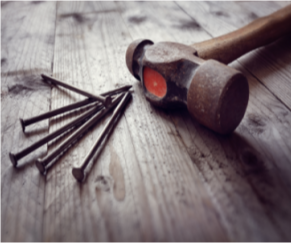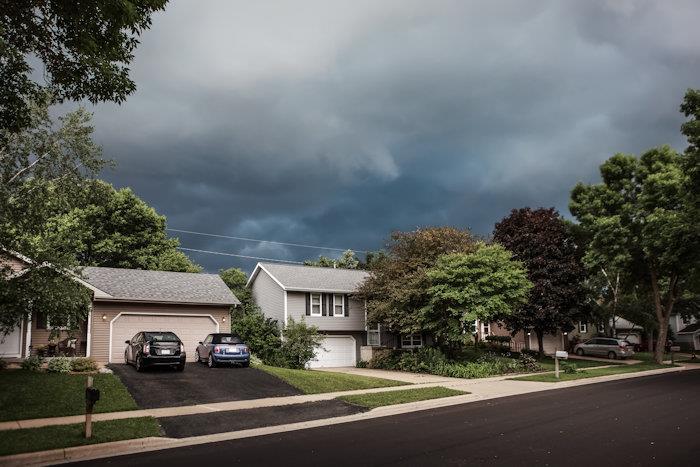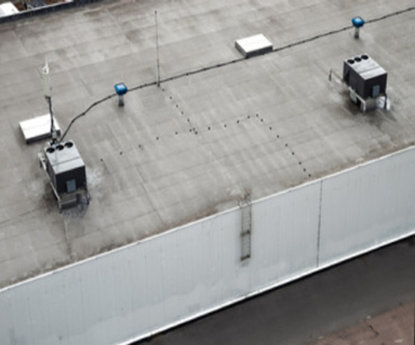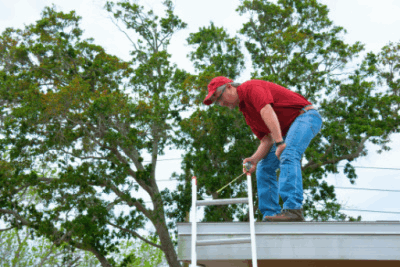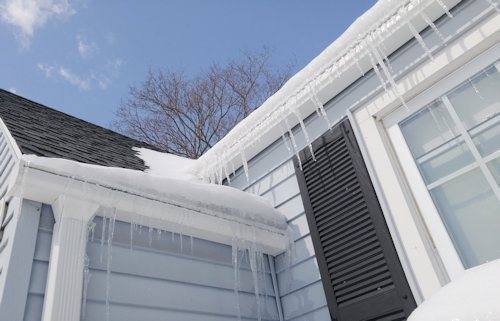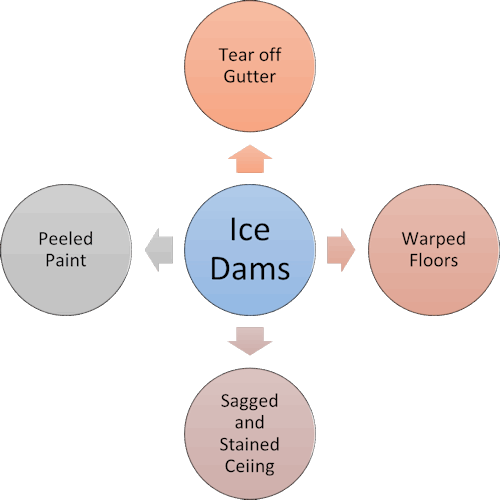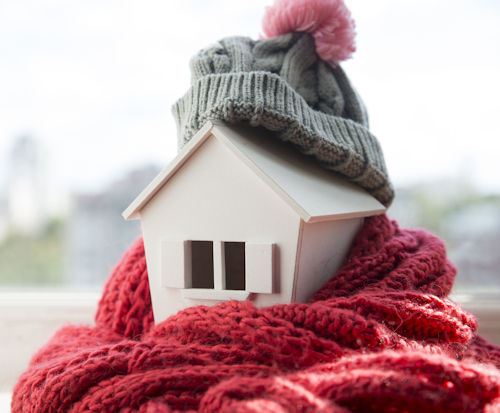Top 7 DIY Roof Maintenance Tips for Minnesota Homeowners
Top 7 DIY Roof Maintenance Tips for Minnesota Homeowners
July 2021 by Heartland Roofing Siding and Windows
One of the ways of ensuring your roof lasts longer is regular maintenance. Regardless of the quality of your residential roofing materials, they will deteriorate with time due to wear and tear bad weather, and other factors. The following are some of the important roof maintenance tips that can come in handy for homeowners in Minnesota:
- Trim Tree Branches
The first thing you will want to do is to trim tree branches surrounding your home. While mature trees tend to create a warm and welcoming aesthetic to your home, branches tend to drop leaves, seeds, twigs, and other wet materials into your roof. When these materials rot, they make the roof rot as well. Regular trimming will keep your roof safe and in good condition for longer.
- Clean Your Gutters and Downspouts
Clogged gutters that do not drain efficiently are hazardous to your home. They increase the risk of your roof edges and eaves absorbing standing water or overflowing. This can lead to mold and mildew, increasing the risk of roof rot. On the other hand, clogged downspouts crease the risk of water damage to your home’s roof. Cleaning both the gutters and downspouts regularly will keep the roof clean while reducing the risk of roof damage.
- Keep Gutter Connections Clean
The gutter connections should not be left unchecked. Even with clean gutters, the weight and impact of rain tend to pull the channels away from the eaves. The water then splashes in the gaps between the gutters and the roof, creating another risk factor for roof rot. Checking on these connections will ensure they are always clean and that water flows smoothly.
- Buy a Roof Broom
The importance of a roof broom cannot be overemphasized. The roof will always have twigs, leaves, and other debris that tend to pile up. Some people wait for the debris to break up and be blown away, but a good roof broom will help you keep the roof clean at all times. Investing in a good roof broom allows you to easily dislodge and remove residue from the roof, sweeping it away before creating risk for damage.You may also notice algae, mold, moss, and mildew forming on your roof. These biological 291 243 substances can grow fast and start loosening shingles or holding moisture that can cause roof rot. To keep your roof safe, sweep and wash off as soon as you notice them.
- Install Leaf Guards
The purpose of leaf guards is to stand over the top of downspouts and gutters. They act as barriers, blocking leaves, seeds, twigs, and other debris from entering the gutter. Consequently, they reduce the risk of clogs significantly. Since they are readily available and simple to install, investing in leaf guard is a wise decision.
- Check Water Marks on the Attic
You should check for watermarks on the ceiling of your home’s attic or crawl space. The presence of watermarks means that your roof needs repairs or maintenance. Noticing these marks will help you make the repairs early before the damage gets worse.
- Check Your Flashing
Homeowners often overlook flashing in their regular roof inspection. Flashing is a water-resistant material, which is applied around the valleys and seams of the roof. It helps in providing a barrier against moisture in new vents, chimneys, and dormers. If the flashing material is cracked, curled, bent, or damaged, it will need immediate repair or replacement.
Hire Heartland Roofing, Siding and Windows, LLC
While you may do some of the roofing maintenance yourself, you may need professional help to get everything done. Heartland Roofing, Siding, and Windows, LLC have been offering professional roofing maintenance services to homeowners in Minnesota for years. We inspect every aspect of your roofing, closely examining all components, and address even the smallest damage. Hire our services today and have your roof inspected at least once a year to keep you and your family safe.
Think you need repair or want a professional opinion about your roof’s health? Call us at 800-681-4169 or on our CONTACT PAGE to request an appointment from one of our trained professional inspectors.
Sources
https://www.budgetdumpster.com/blog/roof-maintenance-inspections/

